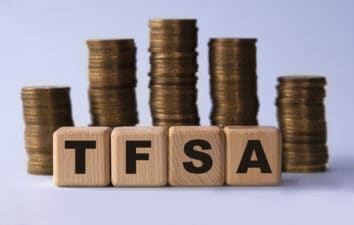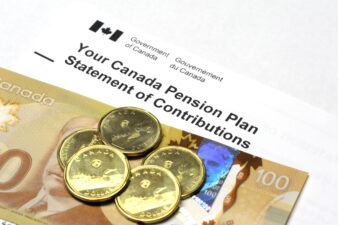Every Canadian hopes to age gracefully. Yet a big part of this comes from aging with cash on hand. That’s where items such as Old Age Security (OAS) come into play. OAS payments can provide you with cash that can keep you afloat during retirement or even be used to reinvest and create more cash!
But there are parts of OAS payments that are perhaps lesser known. So, let’s bring them into the light. With that in mind, here are three OAS “secrets” every Canadian investor should know.
How much you can make
A big part of the OAS payments are, well, the payments! The amount you receive from OAS is determined by how long you have lived in Canada after the age of 18. To receive the full OAS pension, you must have lived in Canada for at least 40 years. If you have lived in Canada for less than 40 years, you will receive a partial pension. The payment amount is adjusted quarterly (January, April, July, and October) based on the Consumer Price Index to reflect changes in the cost of living.
Furthermore, OAS benefits are subject to a clawback if your annual income exceeds a certain threshold. For the 2023 tax year, the threshold is $86,912. If your income is above this amount, your OAS payments will be reduced by 15% of the excess income up to the maximum repayment amount. This is often referred to as the OAS Recovery Tax. Planning your retirement income streams to stay below this threshold can help maximize your OAS benefits.
Yet low-income seniors receiving OAS may be eligible for the Guaranteed Income Supplement (GIS), which provides additional monthly benefits. Eligibility for GIS is based on your income and marital status. Unlike OAS, GIS payments are non-taxable. Applying for GIS at the same time as your OAS can ensure you receive all the benefits you are entitled to.
Deferrals
Part of earning more could come from deferring your payments. Seniors can choose to defer receiving their OAS pension for up to 60 months (five years) after they become eligible. For each month you defer, your monthly payment will increase by 0.6%, up to a maximum of 36% at age 70. This deferral can significantly boost your retirement income, making it a strategic choice for those who do not immediately need the funds at age 65.
Plus, retirees can take advantage of pension income splitting, allowing you to allocate up to 50% of your eligible pension income to your spouse or common-law partner. This strategy can reduce your taxable income and potentially lower your OAS clawback if your combined income is higher than the threshold.
Reinvest it!
There is also the option to reinvest your income rather than spend it. Let’s say you get to the point where you have to take out your OAS payments. That doesn’t mean you need to spend it. Instead, consider reinvesting it right back into a Tax-Free Savings Account (TFSA).
Using this option, you could invest in an exchange-traded fund (ETF) that offers high dividends that can also be used to reinvest. In this case, consider Vanguard FTSE Canadian High Dividend Yield Index ETF (TSX:VDY). It currently holds a management expense ratio (MER) at just 0.22%, with a moderate risk level.
This ETF focuses on high dividend-yielding Canadian companies, providing a steady income stream, which can be ideal for retirees looking for income generation. It invests in sectors like financials, energy, and telecommunications, offering exposure to some of the largest and most stable companies in Canada. With shares up 5.55% year to date and a 4.71% dividend yield, it’s the perfect way to keep earning with OAS payments.







